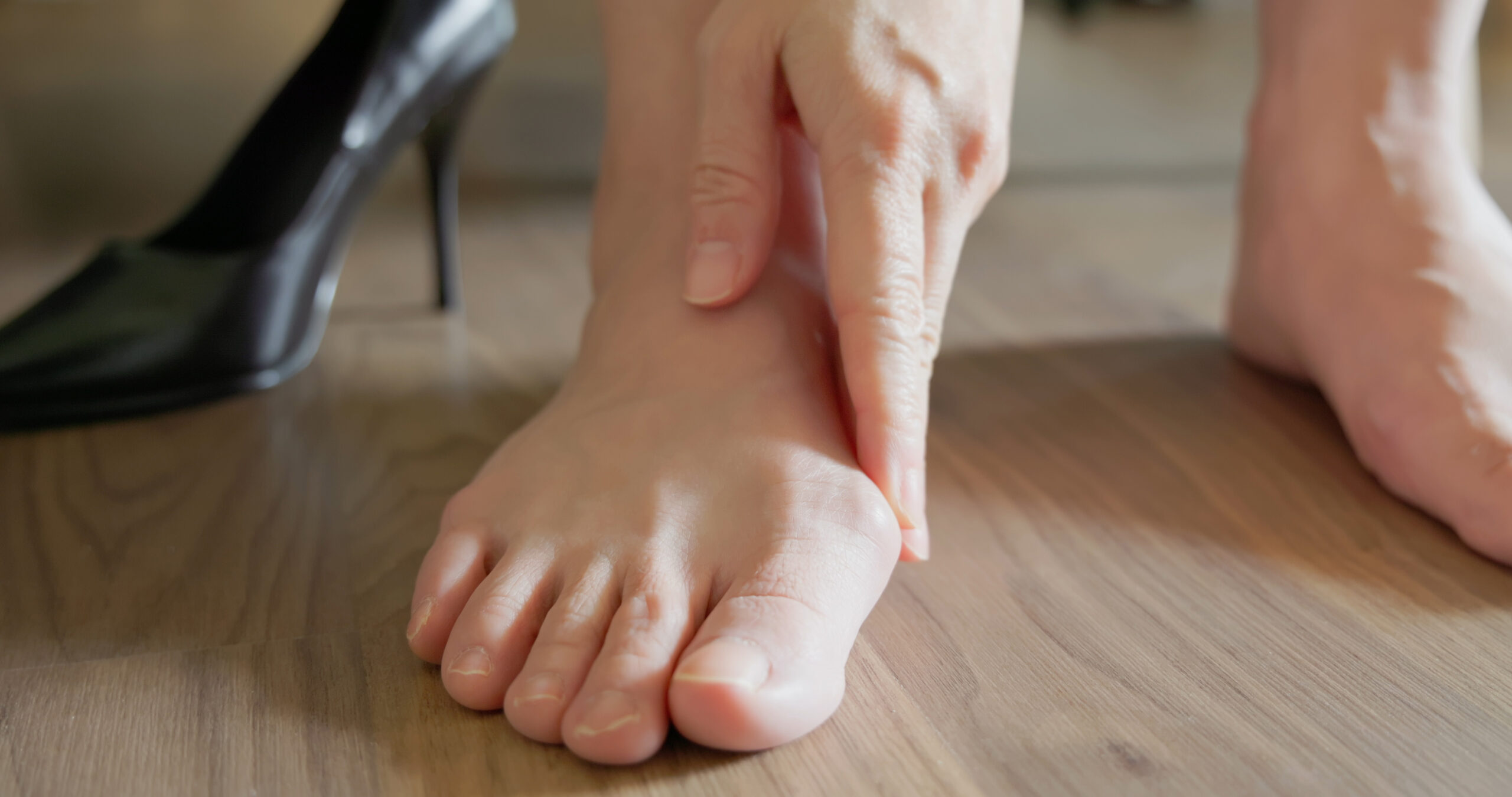What Is a Bunion?
A bunion, or hallux valgus, is a joint deformity at the base of the big toe. It occurs when the big toe deviates toward the other toes, causing the joint to protrude. It can result in pain, swelling, and difficulty walking. If left untreated, bunions can lead to more severe foot problems and impact your daily life.
Bunionectomy
A bunionectomy, or bunion surgery, is a surgical procedure that involves removing the bony bump and realigning the joint. It is typically recommended for mild to moderate bunions. The surgery can be performed in various ways, but it generally involves an incision over the bunion, followed by the removal of excess bone and soft tissue. The joint is then repositioned to its natural alignment.
Bunionectomy is often performed as an outpatient procedure, allowing you to return home the same day. Recovery times can vary, but most patients can resume normal activities within a few weeks. This procedure effectively reduces pain and corrects the deformity, making it a common choice for many.
Arthroplasty
Arthroplasty, on the other hand, is a more extensive procedure that involves reconstructing or replacing the joint. This option is typically reserved for more severe bunions or when there is significant arthritis in the joint. There are different types of arthroplasty, including:
- Resection arthroplasty – Removal of part of the bone to create a flexible joint
- Implant arthroplasty – Insertion of a prosthetic implant to replace the damaged joint
While arthroplasty can provide significant relief, it also requires a more extended recovery than bunionectomy. Patients may need several months to heal fully, but the results can be highly effective for those with severe deformities or chronic pain.
Choosing the Right Procedure
Deciding between a bunionectomy and arthroplasty depends on various factors, including the severity of your bunion, overall health, and lifestyle. A trusted podiatrist like Dr. Tyler Manson of Oregon Institute of Foot Care LLC can evaluate your condition through physical examination and imaging studies to recommend the most appropriate treatment.
Minimally invasive surgery techniques are now available for both bunionectomy and arthroplasty. These methods involve smaller incisions, reduced pain, and quicker recovery times. Consulting with a podiatrist specializing in minimally invasive procedures can offer additional benefits and options designed for your needs.
Benefits of Consulting a Podiatrist
Seeing an experienced podiatrist like Dr. Manson is vital for effective bunion treatment. Podiatrists like him have the expertise to diagnose and treat foot conditions accurately. At Oregon Institute of Foot Care LLC, Dr. Manson and his team offer comprehensive care to patients in Boston, Beverly, and New York City. You can receive a personalized treatment plan that addresses your needs and goals by consulting with a podiatrist.
Schedule a Consultation
If you’re experiencing pain or deformity due to a bunion, it’s time to explore your surgical options. A bunionectomy or arthroplasty can provide significant relief and improve your quality of life. With locations in Boston, Beverly, and New York City, our team at the Oregon Institute of Foot Care LLC is ready to help you take the first step toward pain-free feet. Contact us today to schedule your consultation with Dr. Tyler Manson.

